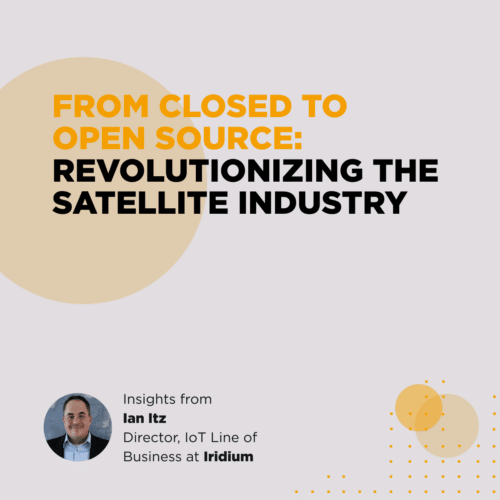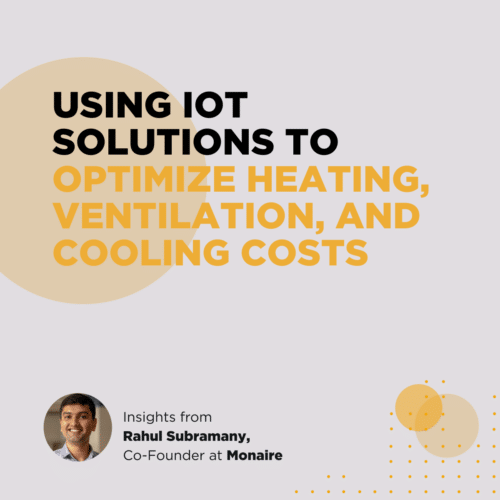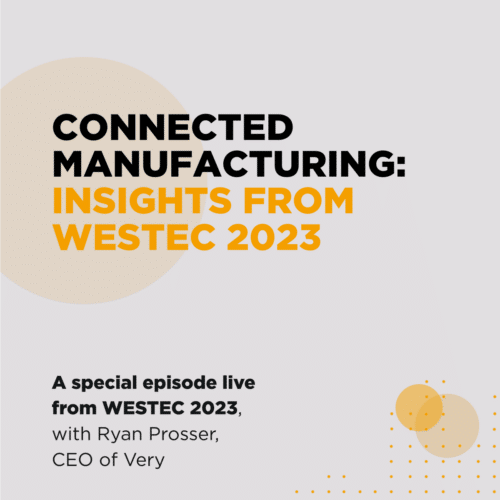Podcast
Episode 4: Space IoT: The Final Frontier
April 27, 2021
19 minutes
The Final Frontier: IoT Ushers in a New Era of Space Exploration
The greatest transformation in the history of aerospace is happening now. The confluence of new technology with the evolution of space-based markets presents incredible opportunities for companies willing to take the leap.
Dennis Muilenburg joined a recent episode of Over the Air to talk about the exciting opportunities for IoT in space. He’s the former CEO of Boeing and current CEO of New Vista Acquisition Corp., a SPAC focused on emerging technologies in the aerospace and defense sectors.
Topics that we covered:
- Significant changes in the connected landscape over the last 20 years
- How SPACs help emerging space IoT technologies
- Evolving space-based markets
- What’s on the horizon for space exploration
What Changed in the Connected Landscape
Dennis has seen a lot of change in the connected landscape over the last 20 years, especially the acceleration of increased bandwidth and reliable connectivity.
The increasing availability of 5G and new levels of connectivity have led to widespread adoption of satellite communication technology. High levels of connectivity have also led to a slew of new technologies that allow us to stay connected no matter where we are.
And the technological advances are not slowing down. In fact, they’re speeding up and rapidly transforming how we live and work.
SPAC for Space IoT
A large number of small companies are emerging in the space IoT sector. In general, it can be tough for them to acquire VC money for three main reasons:
- VCs focus on digital and software rather than hardware businesses
- Higher regulatory burdens in the space sector
- Lack of patience for the extended timelines required for space technologies
That’s why SPACs have been so good for space IoT.
SPACs provide capital to these small startups along with technical and operational expertise. They act as long-term business partners.
According to Dennis, this new partnership is enabling companies to make the space IoT environment a reality. Without their support, these companies wouldn’t have the resources to continue their work.
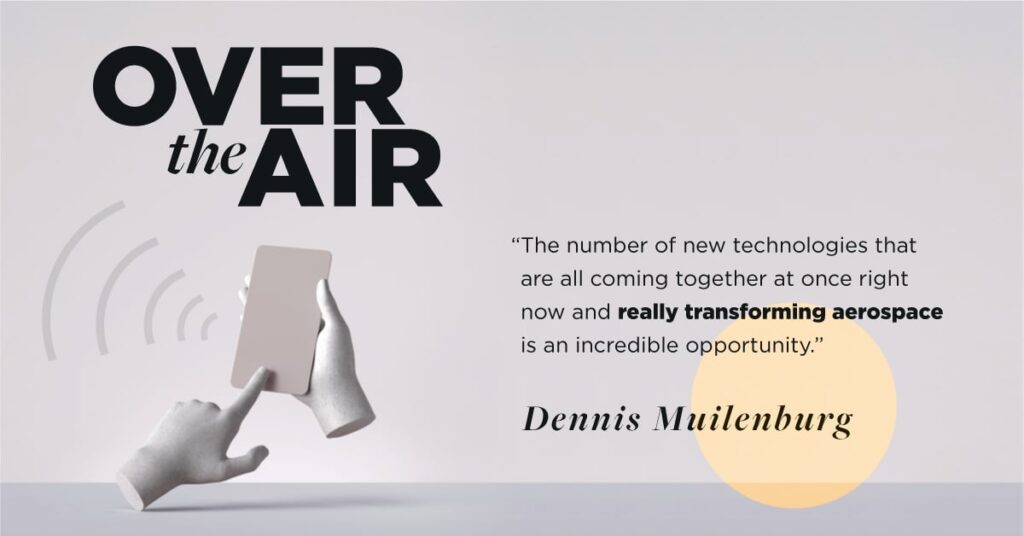
New Vista Acquisition Corp., in particular, is looking at companies leveraging:
- AI
- Autonomy
- New networking technologies
- New manufacturing technologies
- New propulsion systems
- New satellite networks made up of micro and nanosatellites
These new technologies are transforming things like logistics, e-commerce, next-generation defense systems, and advanced air mobility (think flying taxis).
But the biggest transformation may be taking place outside our atmosphere.
Evolving Space-Based Markets
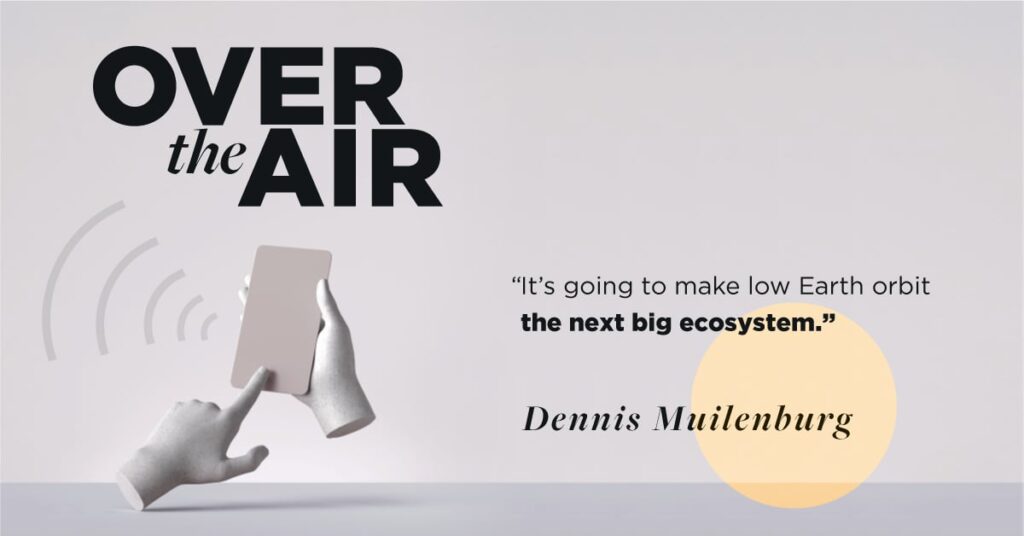
According to Dennis, the most important transformation in the space ecosystem will happen in low earth orbit.
Currently, there’s only one destination in low earth orbit: the International Space Station. But over the next decade, Dennis believes that number will grow exponentially to include things like space factories and space tourism spots.
And along with it, a whole new ecosystem will pop up connected by satellites and other communication systems. This space IoT will transform low earth orbit into the next big IoT ecosystem.
Dennis also sees other opportunities for smaller companies to enter the space IoT game:
- Launch Market: Smaller rockets are needed to transport a growing number of micro and nanosatellites and to reduce the cost to get to space.
- Satellite Design: 3D-printed satellites are becoming more prevalent at a cost and scale that small companies can achieve.
- Earth Observation: New reconnaissance, surveillance, and communication capabilities are cropping up driven by software companies operating on the new space-based network.
What’s on the Horizon for Space Exploration
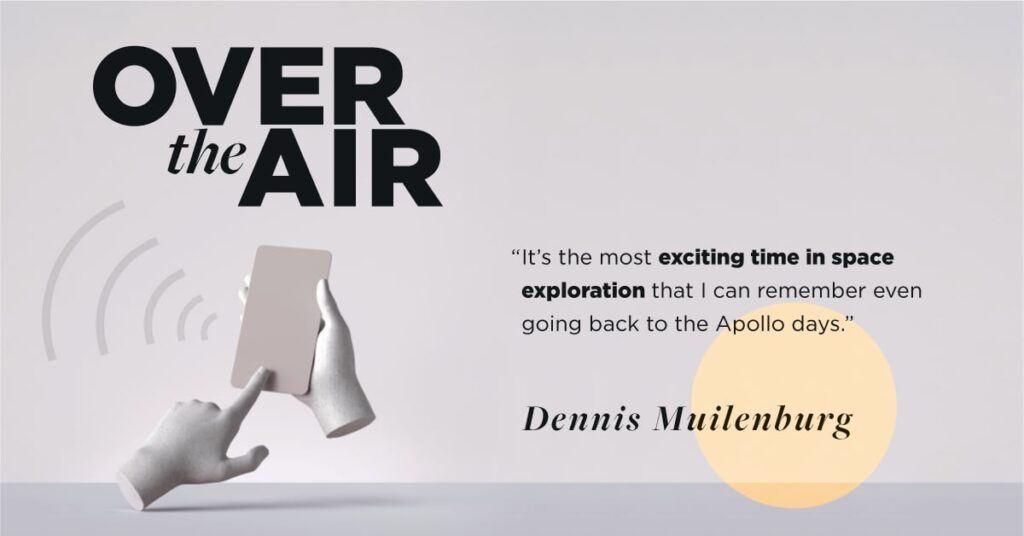
Back to the Moon
After the low earth orbit ecosystem is built out, Dennis says the next mission will be to return astronauts to the moon.
This time to stay.
NASA already has a program underway, called Artemis, that aims to launch the first mission in 2024. The main goal will be to create a lunar base that will make travel between the Earth and the Moon more commonplace.
Lunar Gateway
Once a lunar base is established, it will serve as a gateway for deeper space exploration. Dennis sees two initial targets: asteroids and a manned mission to Mars.
Mining Asteroids
Asteroids contain rare minerals. So, companies are looking at the prospect of mining asteroids for these materials — and perhaps other currently unknown resources — and returning them to Earth.
And it’s not only about mining asteroids, it’s also about space-based operations. Some companies have proposed finding asteroids that are rich in ice, harvesting that ice, and returning it to the moon as a source of water.
According to Dennis, the trick will be to do it at scale and in a way that is economically viable. So far, there aren’t any companies ready to go public in that sector.
3 Big Takeaways
- SPACs are helping smaller companies make the space IoT environment a reality
- Low-earth orbit will be the next big IoT ecosystem
- After the low-earth orbit ecosystem, companies will turn their attention to establishing a lunar base on the moon and using it as a gateway for deeper space exploration

Hosted by: Ryan Prosser
CEO at Very
As Very's CEO, Ryan collaborates daily with product, sales, and marketing to deliver the IoT solutions our clients look for. He is also a champion for our culture, fostering transparency and efficiency across our distributed team.




